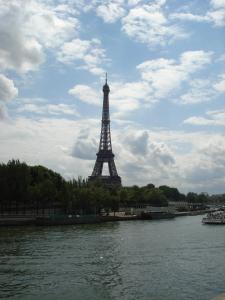Over the course of two days, Jan. 7 to Jan. 9, three terrorists shot and killed a total of seventeen Parisians. Three victims were police officers. As of Jan. 9, the date of the second attack, law enforcement shot and killed the three terrorists after an intense hostage situation.
According to CNN, Charlie Hebdo, the magazine company attacked by the terrorists, has sold 5 million copies of their newest magazine since the attack, and once again risked their reputation by featuring a picture of Muhammad with the headline, “Je suis Charlie,” or “I am Charlie,” followed by “All is forgiven.”
Since it is against Islamic beliefs to depict Muhammad in any physical form, followers of Islam and leaders of Islamic countries are unsurprisingly criticizing the magazine company for its decision to do so.
Protests supporting the motives of the attack, if not the attack itself, rage through Africa and Asia, as stated by the Atlantic Newspaper.
On Jan. 10 in Saint Petersburg, Russia, federal agencies warned of imposing criminal offenses to anyone owning the newest edition of the magazine, stating that publishing an image of Muhammad is considered a criminal offense and goes against “ethical and moral norms formed in Russia through the centuries of different peoples and faiths living side by side,” as stated in the New York Times.
Protesters in Niger mocked the “Je suis Charlie” by carrying signs reading “I am Muslim and I love my Prophet” in French.
While Pakistan showed its discontent by burning a puppet-like figure of France’s prime minister, Francois Hollande, two cities in Niger became even more violent. On Friday, Jan. 16 and Saturday, Jan. 17, a mass of protesters attacked French buildings and burned down churches.
The death toll nearly reached the same mark as the incident they were protesting, with at least 10 deaths reported by the Atlantic.
The Atlantic also points out that the main concern with the magazine is not the issue of freedom of speech, but the magazine writers’ belief that it is considered freedom of speech to mock certain religious practices and values.
